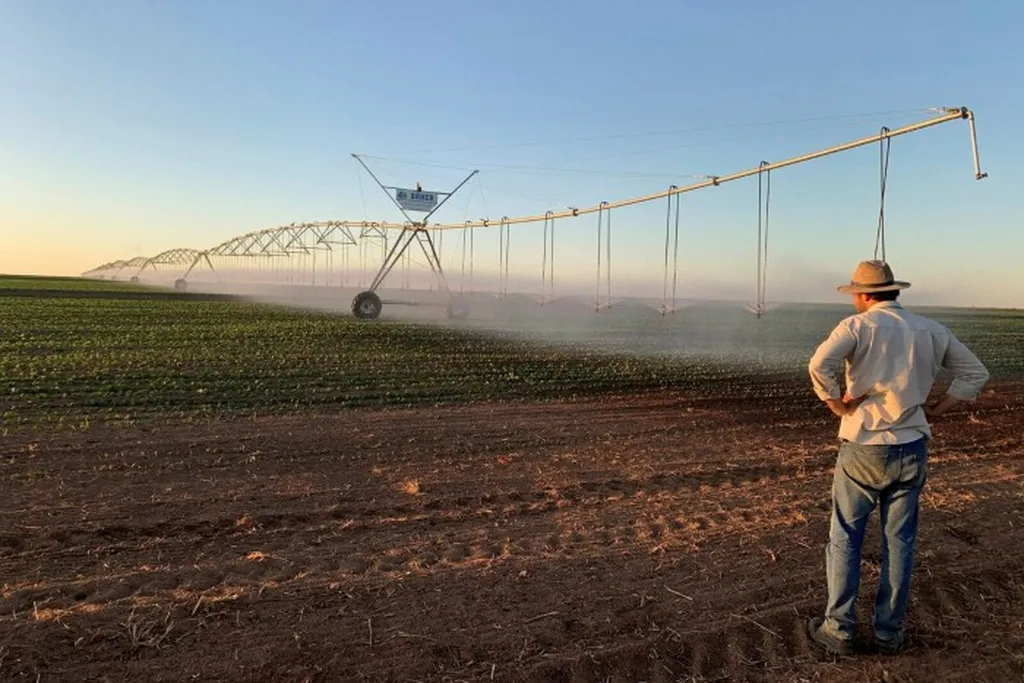In the wake of global conflicts, the remnants of war have found an unexpected role in fostering marine life, according to two recent studies. These findings, while not directly related to agriculture, offer insights into ecosystem resilience and the potential for innovative approaches to environmental challenges that could indirectly benefit the agriculture sector and investors.
The first study, conducted in the Baltic Sea off the coast of northern Germany, investigated a dump site for World War II bombs. Researchers discovered that the hard exteriors of discarded V-1 flying bombs provided a suitable habitat for various marine creatures, including crabs, starfish, barnacles, anemones, and sea squirts. These organisms, which thrive on hard surfaces, attracted larger fish such as cod and flounder. Despite the bombs leaking toxic compounds like TNT, they supported more abundant life than the surrounding sandy areas. This phenomenon highlights the adaptability of marine ecosystems and the potential for human-made structures to serve as artificial reefs, a concept that could be explored in coastal agricultural regions to enhance local fisheries and biodiversity.
The second study focused on 147 shipwrecks in Mallows Bay, near the mouth of the Potomac River in Maryland. These ships, built for World War I and deliberately sunk in the late 1920s, have become integral to the local ecology, hosting a diverse array of wildlife, from ospreys to Atlantic sturgeon. The wreckage has created shallows, wetlands, and forests in the brackish waters, demonstrating how human-made structures can influence and enhance natural habitats. This could inspire similar approaches in agricultural landscapes, such as the strategic placement of structures to create microhabitats that support beneficial species, thereby promoting biodiversity and ecosystem services.
For investors, these studies underscore the importance of understanding and leveraging the unintended positive impacts of human activities on the environment. The concept of artificial reefs and the creation of microhabitats through human-made structures could open new avenues for investment in environmental restoration and sustainable agriculture. By supporting research and development in these areas, investors can contribute to innovative solutions that benefit both the environment and agricultural productivity.
Moreover, the resilience of marine life in the face of toxic compounds suggests that further research into the adaptive mechanisms of organisms could yield valuable insights for agriculture. Understanding how certain species thrive in challenging conditions could inform the development of more resilient crops and farming practices, ultimately enhancing food security and sustainability.
In conclusion, while these studies primarily focus on marine ecosystems, their implications extend to the agriculture sector and investors. By exploring the potential of human-made structures to support biodiversity and ecosystem services, and by investigating the adaptive mechanisms of organisms, we can uncover new opportunities for sustainable agriculture and environmental restoration. These findings serve as a reminder of the interconnectedness of ecosystems and the potential for innovative solutions to address global challenges.

